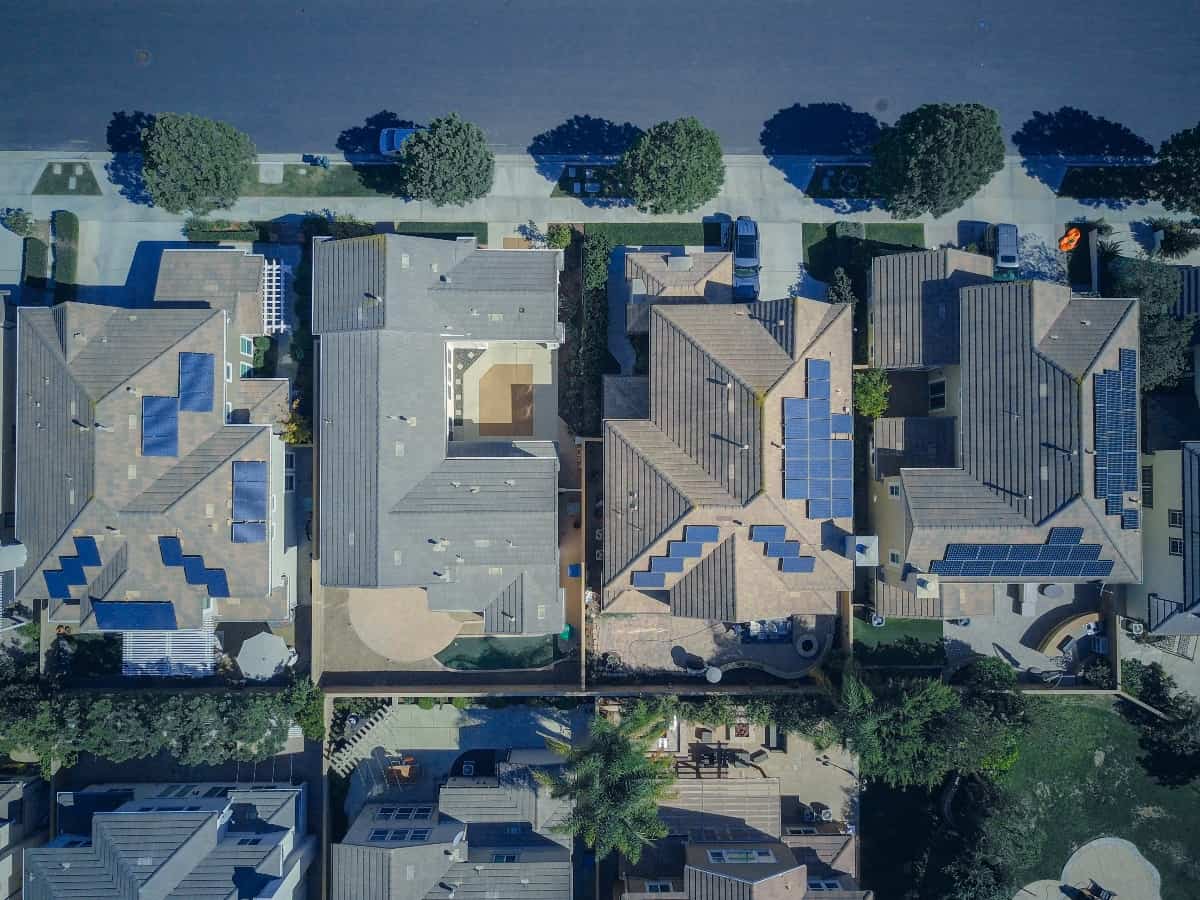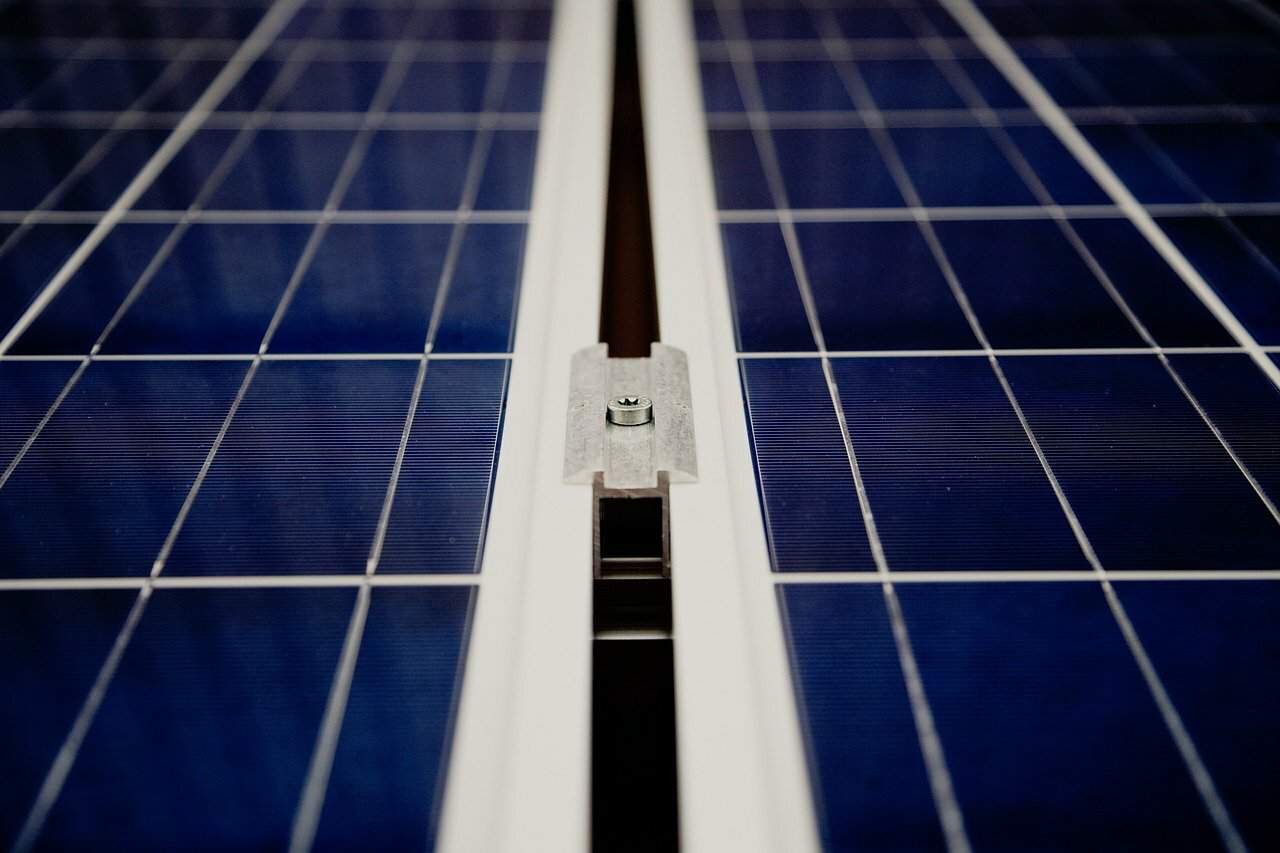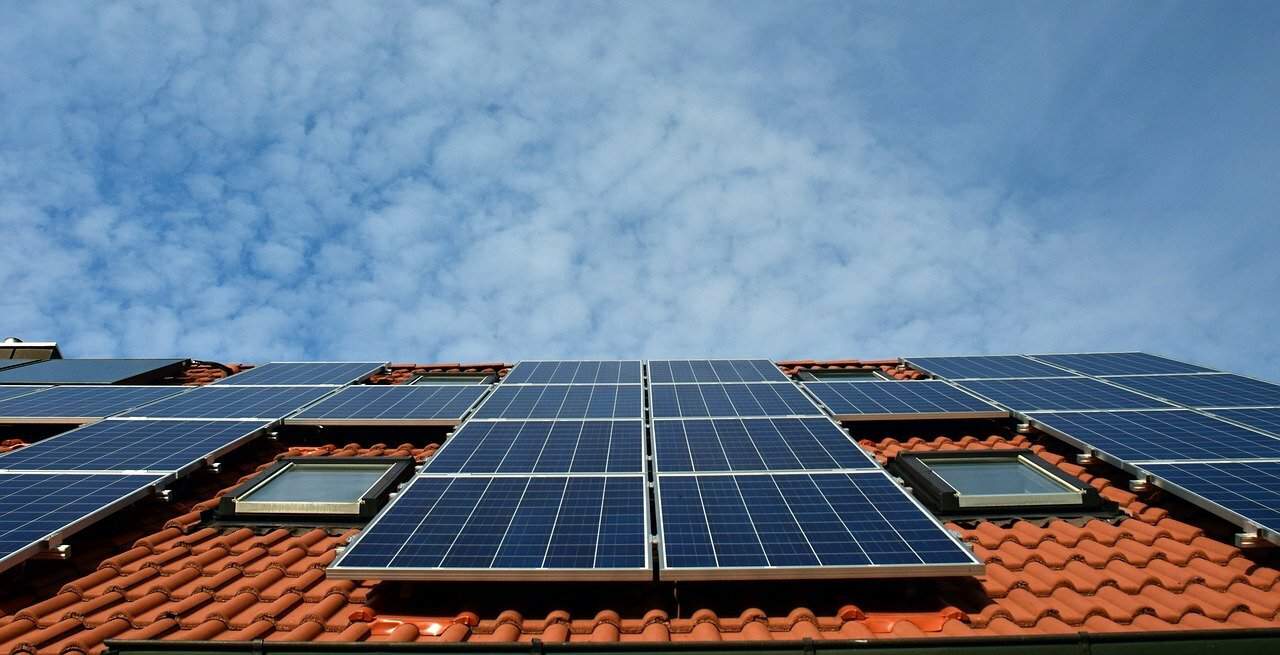California has ushered in a new energy standard that requires homes built after 2020 to include solar panels. This is an excellent idea to encourage sustainability. How will this new law affect homeowners and builders? Who will be affected, and under what conditions does it apply? Read on to find out all the details on the California solar mandate and how it applies to you.
Discover Energy Audits with Solar Energy and ONIT Home
Try our Free Energy Audit to make sure your home is performing at optimum energy efficiency. We’ll inspect every nook and cranny of your home to make sure it’s best serving your needs. We’ll also give you tips on lowering your energy bills, conserving energy, and creating a more efficient space. To learn more about how we can help you maintain a top performing home, visit us online to get started!
The New Construction May 2018 Solar Mandate
The 2018 California solar mandate is a building code that requires all new homes built in the state to have solar panels installed on their roofs. The mandate was initiated in 2013 and just took effect on January 1, 2020. The mandate applies to single-family homes and multi-family dwellings over three stories tall. This includes duplexes, triplexes, fourplexes, and townhomes with three or fewer units per building (i.e., condos).
The California Energy Commission (CEC), is an independent government agency that oversees energy policy in the state. The CEC is responsible for the new mandate and says solar panels help lower energy bills and reduce greenhouse gas emissions. It goes along with another energy program being used by the California utility companies.
The Purpose of the New Mandate?
The purpose of the mandate is to reduce greenhouse gas emissions by requiring new homes to have solar panels installed on their rooftops. In 2020, new single-family homes had to have at least 15% of their roof covered with solar panels. Multifamily buildings had to have at least 10% of their roof covered with solar panels.
Those numbers will continue to increase. Single-family homes must have at least 50% of their roofs covered with solar panels, while multifamily buildings must have at least 25% covered by 2025.

Who Does the Mandate Apply to?
The California solar mandate affects:
- Home builders and developers
- Home buyers and homeowners
- Homeowners associations (HOAs)
The new mandate required builders to include enough roof space to accommodate at least 5 kilowatts (kW) worth of PV systems on each structure built in 2020-2021. This is equivalent to about 6 square meters (66 sq ft) per unit or 2 square meters per person if you live in an apartment complex with multiple units per building.
The law will affect HOAs in two ways:
- HOAs may need to increase their fees due to solar panel installation requirements.
- In some cases, HOAs may be required to allow residents to install their own solar panels on their properties if the association doesn’t offer an alternative.
The truth is that the solar mandate doesn’t affect everyone equally. It all depends on where you live and whether or not you own your home.

Does the Mandate Apply to Commercial Buildings?
The solar energy mandate applies to residential and commercial buildings. In both cases, the mandate required solar energy systems by 2020 for new construction and major renovations.
The rules only applied to those structures that were newly built or undergoing significant renovation. Existing structures that undergo a facelift won’t have to install any new panels.
How Much Will This Mandate Add to the Cost of a New Home?
The cost varies depending on how much energy your home will use and how much it costs to install solar panels. If you live in a sunny area where electricity costs are higher, adding solar panels could save you money over time.
In some cases, adding solar panels can increase the cost of a home by up to $10,000 or more. However, this price tag doesn’t include state or federal tax credits or rebates from your utility company or local government that can help offset some of these costs.
Are There Any Exceptions to the California Solar Mandate?
A few types of construction that may be exempt from the mandate:
- Houses with significant shading over roof areas
- Residences in areas that get less than six hours of sunlight per day (Alaska)
- Buildings that were renovated, but do not have enough roof space for solar panels
- Temporary residences and shelters that lack public utilities year-round, like off-grid cabins may be exempt from the mandate.

The Motivation Behind the Mandate
The goal of the mandate is to reduce pollution and help the state rely less on natural gas. It’s no surprise that California is taking a more proactive approach to reducing its carbon footprint.
According to the Bureau of Labor and Statistics, Los Angeles residents paid 24.7 cents per kWh for electricity in June 2022. This was 54.4 % more than the national average at 16.0 cents per kWh. One city is paying more for electricity than the rest of the country.
To offset these trends and reduce our collective carbon output, we need to begin making some serious changes in our day-to-day lives. Solar panels are one way of doing this: they allow Californians to generate their own electricity using renewable resources. Experts predict that this trend will grow in popularity as solar panel costs continue dropping year after year.
Along with the California solar mandate for homes, California utilities underwent a similar transition with the California Solar Initiative in 2016. It’s the next step to reducing energy usage and dependence on fossil fuels.
Homes with sufficient solar systems installed may be able to reduce their energy bills by producing some of their own power. By 2020, utility companies must produce 33% of their electricity from renewable resources. By 2030, that will increase to 50%, and by 2045, it will be 100%.
How Does California Enforce Its Mandate?
As a result of the states’ aggressive mandate, homes built in 2020 received 25 gigawatts of solar capacity. However, there are a few obstacles along the way to successfully meeting the mandate.
The first is the lack of available land for utility-scale solar projects. To produce electricity efficiently, there must be enough space and a good incline to accommodate the panels. Flat roofs can accommodate solar panel installation as long as they have enough square footage and meet certain requirements. It is a little more difficult to place panels on a flat roof, but not impossible.
Another major hurdle is grid reliability. While solar panels produce electricity when they’re exposed to sunlight, they also require an uninterrupted power source at night and during cloudy weather conditions — which means they require backup resources like natural gas plants or battery storage systems to function properly at all times.
What Happens if You Don’t Comply?
Only a small percentage of California homes require solar panel installation. If your home is not ready for solar, you can still submit a plan to install solar panels at a later date. You may also purchase energy from another source, such as a community solar farm to avoid installing panels altogether.
The mandate encourages all Californians to conserve energy and generate electricity through renewable sources. You could be subject to fees for non-compliance. These fees vary based on your income level and household size, but they could range from $50-$100 per year for most households.
Will Adding a Backup System Make My Utility Bills Disappear?
The short answer is no. But there are some exceptions. If you’re on a time-of-use plan, adding a battery could lower your electricity bill. In addition, if you have solar panels that aren’t producing electricity at the moment, adding a battery can store electricity from the sun when it’s shining and then use that stored electricity when it doesn’t.

The Solar Panel Installation Process for New Homes
The installation process for new homes is relatively straightforward. The homeowner enters into a contract with a solar company that provides both financing and installation services. Once the homebuyer has signed a contract, the solar company will go through several steps to ensure that it can meet all of the local building codes and regulations.
With ONIT’s professional solar panel installation, you can build a brighter future for your family. Solar panel systems for homes reduce your energy usage and keep your electricity bill low. We know your homes are for living in, so we work quickly but efficiently to make sure you can start enjoying the benefits of clean energy as soon as possible. A well-installed system will increase the value of your home.
To learn more, visit us online or give us a call right now at 1-833-433-0331 to get started.



